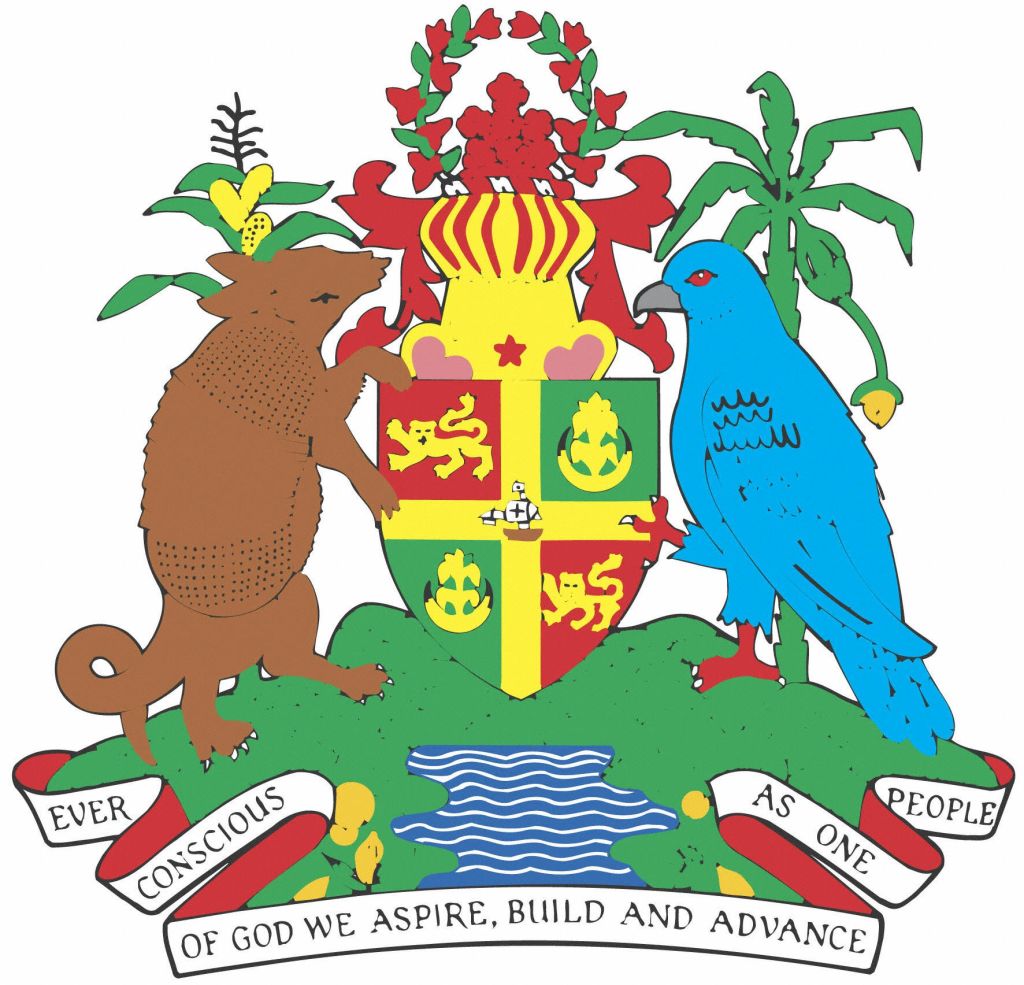Grenada and Bahamas may scrap Columbus ships from their national coat of arms
MORE CARIBBEAN nations are considering removing ships of Christopher Columbus from their coat of arms.
The image of the Santa Maria ships features on the coat of arms of Grenada and The Bahamas and there are growing internal calls for the symbols to be removed.
This follows the announcement made by Trinidad and Tobago in August that it would be removing the ships from its coat of arms and replacing it with the Steelpan – the national instrument of the twin-island nation.
According to The Telegraph, reparations officials in both Caribbean countries are keen to start discussions about the future of their national heraldry.
Arley Gill, the head of Grenada’s National Reparations Commission, told the newspaper removing problematic symbols would be “a dagger through the heart of colonialism”.
“The first step is removing historical symbols and relics that glorify slave owners, colonisers and oppressors,” he said.
“The Santa Maria – Columbus’s ‘big’ ship – is the heart of our coat of arms of Grenada. It is time for it to be removed.”
‘Relics and symbols of colonisers’

The coat of arms is used by the Royal Grenada Police, and Mr Gill added that “relics and symbols of the colonisers are all around us – in our schools, churches, streets; you name it”.
The Bahamas could also be open to discussions surrounding the future of its coat of arms which also features an image of the Santa Maria.
Trinidad and Tobago’s Prime Minister Keith Rowley said in August the three Columbus ships on the twin-island nation’s emblem is “substantial in how we see ourselves” and it is now time for change.
“You see them three Columbus ships in the emblem? They will go” said Rowley. “Since we have enough votes in Parliament to do it, I could announce now that as soon as the legislative adjustment is made—and that adjustment should be made before the 24th of September—we then over a six-month period will replace Columbus’ three ships, the Santa Maria, the Pinta, and the Niña, with the steelpan,” Mr Rowley said, as the audience clapped and cheered.
“And for logistical purposes, that will take place over a six-month period, allowing us to consume the stationery and other things we have in place and be replaced by our new intention and that should signal that we are on our way to removing the colonial vestiges that we have in our constitution and I hope that we start with that and we end up getting up and no longer being squatters on the steps of the Privy Council,” he added.
In August it was announced, the Steelpan is now officially recognised according to law as the National Musical Instrument of Trinidad and Tobago.
The Steelpan proudly traces its roots back to Trinidad and Tobago and was invented in the 1930s and 1940s in the Hills of Laventille, in Port of Spain.

